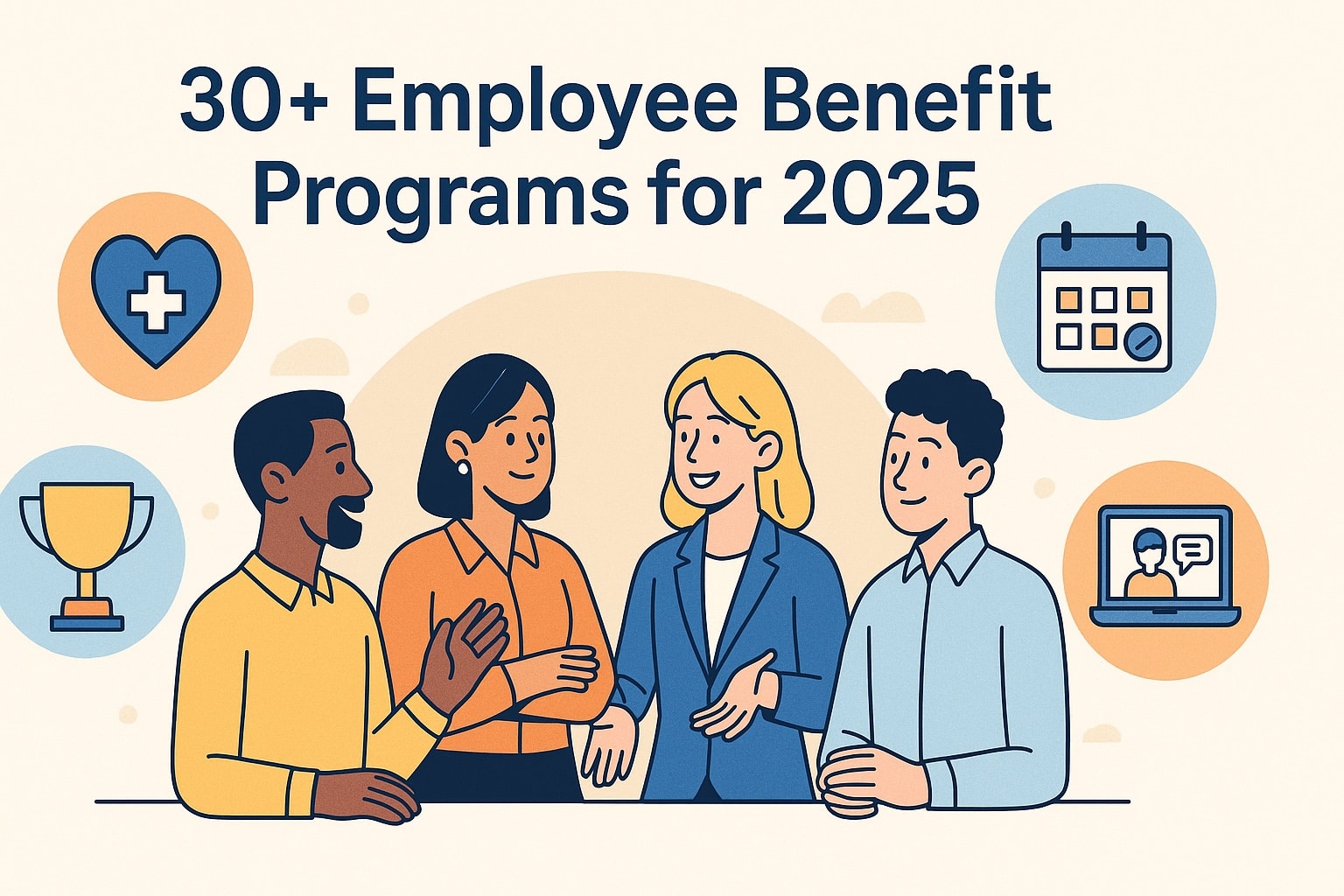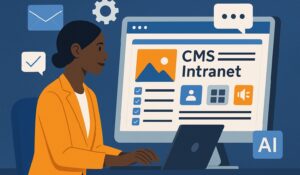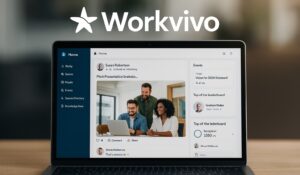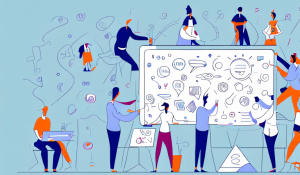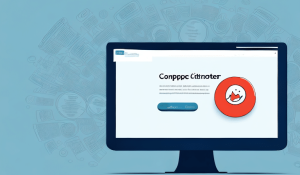Employee benefit programs (sometimes called employee benefits programs) are no longer just a checklist of healthcare, paid time off, and retirement plans. In today’s workplace, benefits have become a key differentiator for attracting top talent, keeping employees engaged, and strengthening organizational culture. This guide explores 30+ types of employee benefit programs, how to design them strategically, and what trends are shaping the future of workplace perks in 2025.
What Are Employee Benefit Programs?
Employee benefit programs are the non-wage compensation packages offered by organizations to their workforce. They go beyond salaries to include health coverage, retirement plans, recognition programs, wellness initiatives, flexible schedules, and learning opportunities. When done right, these programs directly impact employee satisfaction, retention, and productivity.
👉 Want to see how recognition-focused benefits connect to technology? Explore our employee recognition software guide.
Types of Employee Benefit Programs
A strong benefits strategy covers both traditional essentials and modern perks. Below are the categories organizations should consider:
| Category | Examples | Business Impact |
|---|---|---|
| Health & Wellness | Medical, dental, vision insurance, EAPs, gym stipends, mental health support | Reduces absenteeism, boosts productivity |
| Financial Benefits | 401k, HSAs/FSAs, loan repayment, stock options | Improves financial security & retention |
| Work-Life Balance | PTO, parental leave, flexible schedules, remote stipends | Enhances morale, lowers burnout |
| Career Development | Tuition reimbursement, online learning, mentorship programs | Builds skills, supports long-term growth |
| Recognition & Rewards | Spot awards, peer-to-peer recognition, performance bonuses | Strengthens culture, drives performance |
| Lifestyle & Culture | Volunteer time off, pet insurance, company retreats | Improves belonging and organizational pride |
Health & Wellness Benefits
According to SHRM’s 2024 Employee Benefits Survey, 98% of employers offer some form of healthcare coverage, while over 60% now include mental health support—showing a shift toward holistic wellbeing.
Financial Benefits
Bureau of Labor Statistics (BLS) data shows that 67% of private industry workers have access to retirement plans, but fewer than 50% receive student loan assistance, making this a differentiator.
Work-Life Balance Benefits
Flexible scheduling is now offered by 55% of employers, up significantly since 2020 (SHRM Survey). Remote stipends for equipment are becoming standard in knowledge-based industries.
Career Development Benefits
Tuition reimbursement and online learning allowances rank high in employee surveys. Harvard Business Review notes that career growth opportunities are among the top reasons employees stay at a company.
Recognition & Rewards Benefits
Recognition initiatives—like spot awards and peer recognition—tie directly to engagement.
👉 Learn more about spot awards.
Lifestyle & Culture Perks
Lifestyle perks like pet insurance and volunteer time off may seem small, but 44% of employees say these benefits influence their loyalty (SHRM Benefits Survey). Forbes also highlights lifestyle perks as a growing differentiator for modern employers.
👉 Also see: intrinsic and extrinsic rewards and monetary rewards.
How to Design an Effective Benefits Program
Designing a successful employee benefit program isn’t just about offering perks—it’s about creating alignment with company culture and employee needs. Here’s a step-by-step approach:
- Audit Employee Needs – Conduct surveys or focus groups to identify priorities.
- Benchmark Industry Standards – Review SHRM and BLS data to compare offerings.
- Align With Business Goals – Link benefits to retention, engagement, and productivity.
- Pilot and Test – Roll out new programs in phases.
- Communicate Clearly – Use multi-channel communication (apps, signage, intranet).
- Measure Impact – Track usage rates, satisfaction scores, and ROI.
👉 For more on measuring impact, explore our employee reward system guide.
The ROI of Employee Benefit Programs
Studies show that organizations with robust benefits packages see:
- Up to 41% lower turnover rates (SHRM Employee Benefits Survey)
- 25% increase in employee engagement when benefits align with employee needs (Gallup Research)
- Improved Glassdoor ratings, making recruitment easier and more cost-effective
Harvard Business Review also notes that employees who view their benefits as competitive are far more likely to recommend their workplace.
👉 Recognition plays a major role in ROI. Learn how the Employee Recognition Platform helps organizations integrate recognition into benefits seamlessly.
Employee Benefits Programs Trends for 2025
As work continues to evolve, so do employee expectations. Top trends include:
- Flexible stipends – Employees choose where to spend (wellness, learning, childcare).
- Mental health benefits – Access to therapy, mindfulness tools, stress management support.
- AI-powered personalization – Platforms recommending tailored perks.
- Recognition-driven culture – Rewards and recognition tied directly to benefits programs.
- Sustainability perks – Support for green commuting, carbon-offset programs.
👉 Dive deeper into employee recognition programs that complement broader benefits strategies.
Examples of Employee Benefit Programs
- Tech Industry – Tuition reimbursement and stock options are standard. Many also offer fertility and adoption support.
- Healthcare Sector – Generous PTO, mental health services, and recognition programs for frontline staff.
- Small Businesses – Flexible stipends, wellness allowances, and simple recognition platforms help compete with larger firms.
👉 For inspiration, check out our breakdown of employee reward ideas.
Conclusion
Employee benefit programs—also commonly referred to as employee benefits programs—are no longer a one-size-fits-all offering. By combining traditional perks with modern recognition-driven strategies, businesses can create programs that not only attract talent but also sustain engagement and loyalty. In 2025 and beyond, organizations that evolve their benefits offerings to reflect employee needs will stand out as employers of choice.
👉 Looking to modernize your approach? Start with our Employee Recognition Software guide or explore the Employee Recognition Hub to see how technology can transform your benefits strategy.
FAQs
What’s the difference between employee rewards and benefits?
Rewards are often performance-based (bonuses, spot awards), while benefits are guaranteed perks (insurance, PTO). Both together drive retention and engagement.
How do employee recognition programs fit into benefits?
Recognition programs act as non-monetary or hybrid benefits—boosting motivation and belonging while complementing traditional perks.
How often should employee benefits programs be updated?
At least annually, with pulse surveys to test relevance as workforce expectations shift.
What’s the biggest trend in employee benefits for 2025?
Personalized, flexible benefits stipends that allow employees to select perks that matter most to them.
Which employee benefit programs are legally required?
This varies by country and state, but in the U.S. mandatory benefits typically include Social Security, unemployment insurance, and workers’ compensation (U.S. Department of Labor).
What’s the difference between perks and benefits?
Benefits are formal, structured offerings (insurance, PTO, retirement), while perks are extras that enhance experience (free snacks, casual Fridays, volunteer days).

